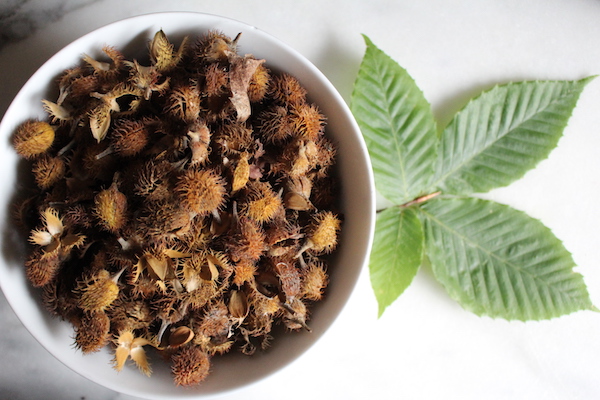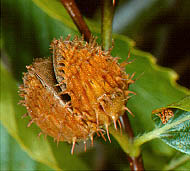european beech tree fruit
European beech is a very popular ornamental tree in parks and large gardens in temperate regions of the world. The European Beech Grows in zones 4 - 7.
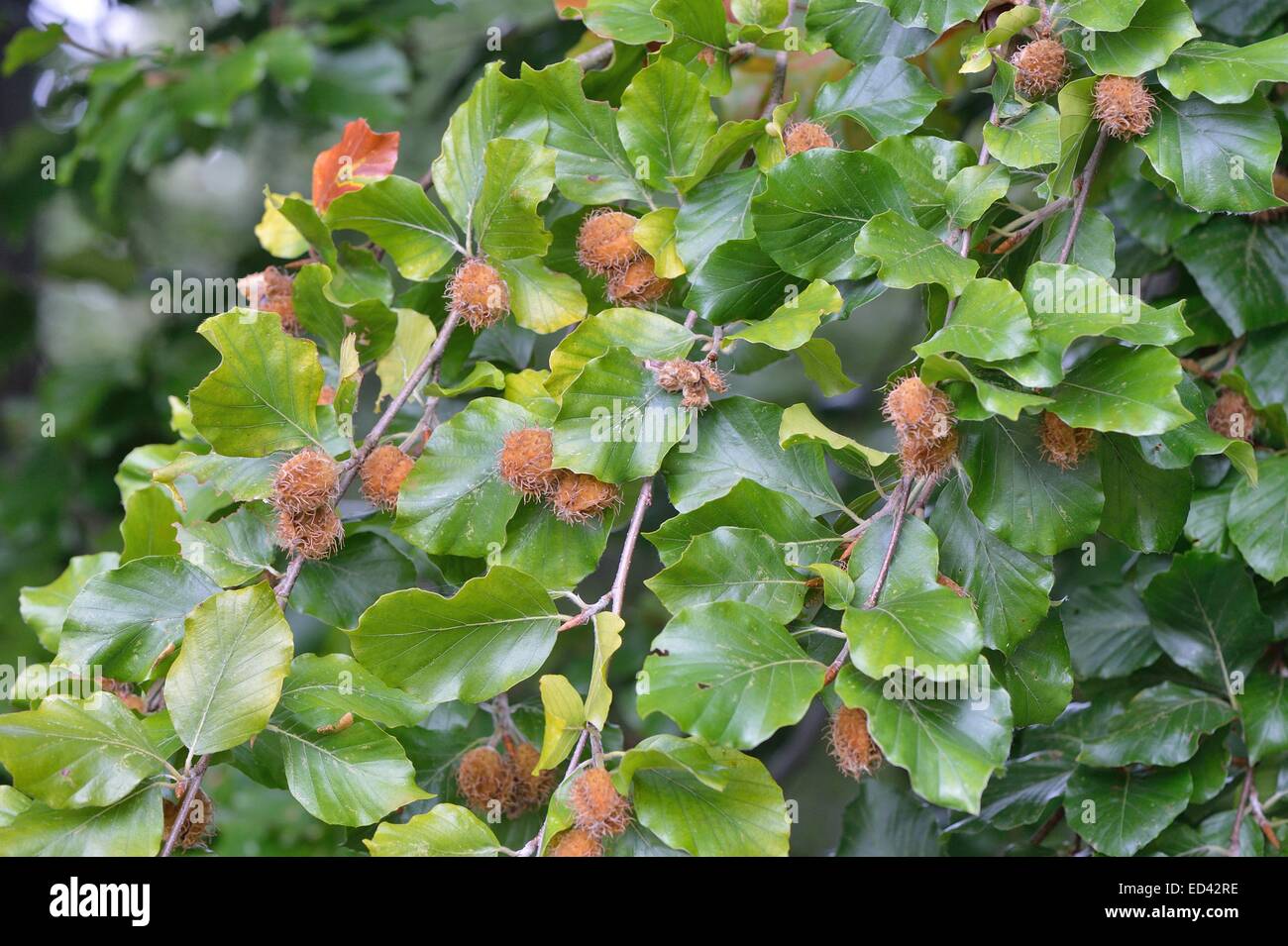
European Beech Common Beech Beechnut Fagus Sylvatica In Fruit In Autumn Stock Photo Alamy
The beechnuts were food for prehistoric man and are still consumed today.
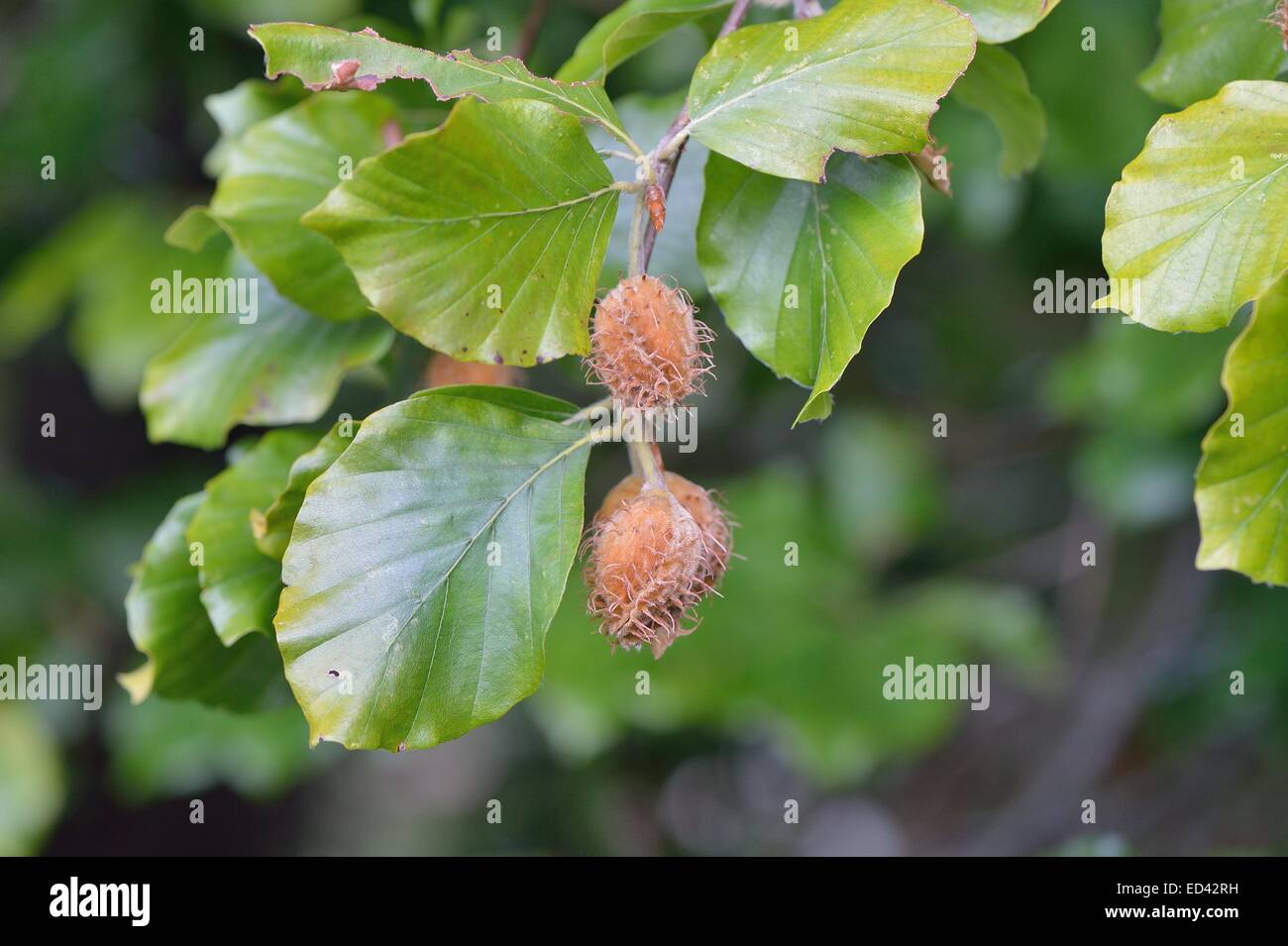
. Best in full sun but will withstand part shade. Historians claim that the first written European literature was inscribed on Beech bark in Sanskrit. The European beech enjoys a very wide distribution across Central and Western Europe due to its successful ability to out-compete other species in high shade environments.
Trees reach 50 to 60 feet high and 35 to 45 feet wide. It is widely planted as a shade tree in northeastern and Pacific states. European colonists brought this tree to America in the mid-1700s and it has been a popular ornamental shade tree since that timeIts fruit is a showy edible beechnut.
The wood has been employed for centuries for both fire and furniture in Europe. As the name suggests the European Beech is native to Europe. Weeping beech differs from European beech in that it creates a large draping canopy similar to weeping willow.
This Beech is known for its vibrant pink white and purple leaves which turn a golden bronze color in the fall. Tricolor European Beech Fagus Sylvatica Tricolor Roseo-Marginata Description Overview. They are associated with freshwater habitat.
The plant is native to Asia Europe Canada and North America. European beech is a strikingly beautiful tree to Europe which has been planted widely in New England. Fantastic as a front-yard focal point and large specimen tree The Rohanii European Beech Tree Fagus sylvatica Rohanii features upright branches that reach for the.
The European beech can live more than 150 years and can grow 30-40 metres in height with a spread of 10-13 metres when mature. European beech is a large graceful tree appropriate for large properties like parks and golf courses. The tree excels in humid atmospheres and benefits from well-drained soils that are soft enough for root penetration.
They are produced in spring shortly after the new leaves appear. Fruit Once a tree is pollinated it will bear fruit in the form of a small triangular nut which is called a beechnut. Its leaves turn reddish-coppery bronze in fall and tend to persist as most beech leaves do throughout the winter.
The fruit of the beech tree known as beechnuts or mast is found in small burrs that drop from the tree in autumn. Fagus sylvatica European Beech is a species of tree in the family Fagaceae. In the early 19th century the oil from the tree was used for cooking and to fuel lamps.
Though European beech trees have all of the reproductive organs they need on one tree trees are often pollinated by other trees to encourage genetic diversity. The wood has been employed for centuries for both fire and furniture in Europe. Latin got the word from Greek phegos which besides meaning the beech meant edible and sometimes meant oak.
Its is smooth gray and the trunk resembles an elephants foot. Grandifolia which despite its tolerance of warmer climates is slower growing taking an average of 10 years longer to attain maturityThe town of Brookline Massachusetts has one of the. Fruit is about 2 cm long with a light brown to reddish bristly husk which opens into 4 parts and usually contains a pair of triangular brown nuts each about 1 cm long edible beechnuts.
The smaller European Beech is widely planted in the United States as an ornamental tree. Produces beechnuts that are an important food for wildlife including wild turkeys foxes and porcupines. Known for its smooth silvery gray bark short trunk and a low branching habit.
The European beech tree has an unmatched place in history. T o trace the origin of the word beech is an exercise in Indo-European linguistics showing surprisingly that beech and Latin fagus are descended from the same root. The tree likes Sun to shade at the location and the soil should be sandy - loamy to loamy.
Its low-slung branches often droop to the ground. European Beech Botanical Name Fagus sylvatica Hardiness Zones 4 to 7 Height 50 to 60 feet Width 35 to 45 feet Flowers April or May. This tree is dense with an upright oval habit and low sweeping branches on a short trunk.
Hollows in beech trees provide shelter for many animals. Monoecious separate male and female flowers on the same tree not of ornamental importance Fruit Four-lobed husk covered with bristles containing 2 triangular nuts Fall Color Golden bronze Light Full sun Soil. Beech tree fruit also called beechnuts are identifiable by their brown color and unique three-angled look.
The place-name Buckingham refers to the beech forest. As you look at the beechnuts hanging. Will be delivered at a height of 23.
The mighty presence of this unique shade tree will have your neighbors gaping throughout every growing seasonThe range of colors and beautiful ornamental features of this tree just dont stop. May not flower until 30-80 years old. The beechnuts were food for prehistoric man and are still consumed today.
The leaves are ovoid and the flowers are green-brown. It grows more easily under cultivation than the American Beech and has become a very popular ornamental tree in the United States. Fagus sylvatica commonly known as European beech beech European beech common beech oriental beech copper beech is a deciduous tree belonging to the beech family Fagaceae.
The fruit nuts from beech trees are triangular in appearance and are contained in spiky husks called cupules. They have a self-supporting growth form. The tough strong wood is used for flooring furniture and other wooden ware.
The trees fruit was also ground to make flour though only after the slightly toxic tannins were leached out. Is a popular ornamental choice for parks and gardens. They have simple broad leaves and dry fruit.
Providing an excellent source of. Varieties of this tree also used as ornamentals include the. They are small roughly triangular and edible with a bitter astringent or mild and nut-like taste.
In North America they are preferred for this purpose over the native F. The Tree is a deciduous tree it will be up to 30 m 99 ft high. European beech trees do not begin to produce beech nuts until they are roughly 40 years of age.
The distinctive appearance of beechnuts is a common way to identify beech trees. European colonists brought this tree to America in the mid-1700s and it has been a popular ornamental shade tree since that time. The European Beech is botanically called Fagus sylvatica.
And many mammals and birds including deer bear squirrels grouse and turkey feed on the nuts. Historians claim that the first written European literature was inscribed on Beech bark in Sanskrit. The European beech tree has an unmatched place in history.
Individuals can grow to 35 m. Similar to American beech the fruit a beech nut is a small nut borne in burrs with soft spines. Fagus sylvatica commonly called European beech is a large deciduous tree typically tall with a dense upright-oval to rounded-spreading crownIt is native to woodlands in central and southern Europe.
The Tricolor European Beech is a beautiful tree perfect for use as an ornamental tree in a front or backyard.

Fagus Sylvatica European Beech Go Botany

293 Beech Fruits Photos Free Royalty Free Stock Photos From Dreamstime

European Beech Yale Nature Walk
Fruits Of European Beech Tree Photos Diagrams Topos Summitpost
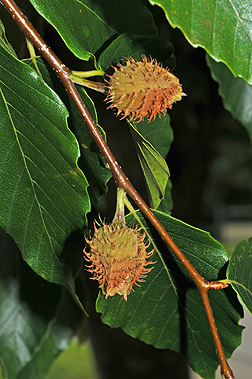
Virginia Tech Dendrology Fact Sheet

European Beech Common Beech Beechnut Fagus Sylvatica In Fruit In Autumn Stock Photo Alamy
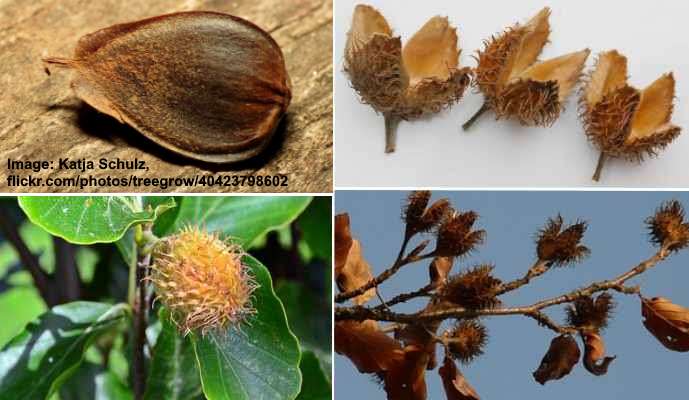
Beech Trees Types Leaves Bark Identification Guide Pictures

Beech Seed Images Stock Photos Vectors Shutterstock

European Beech Common Beech Botanic Name Fagus Sylvatica Blossom Of Tree Stock Photo Download Image Now Istock
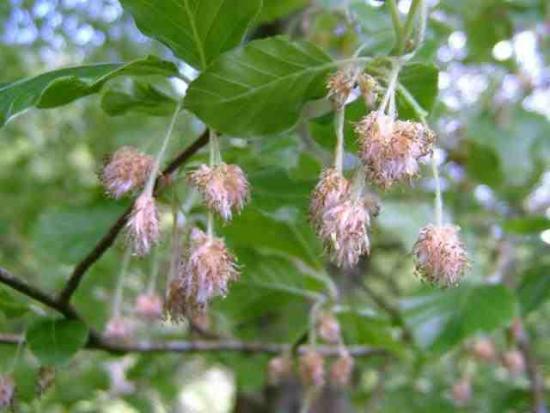
European Beech Yale Nature Walk
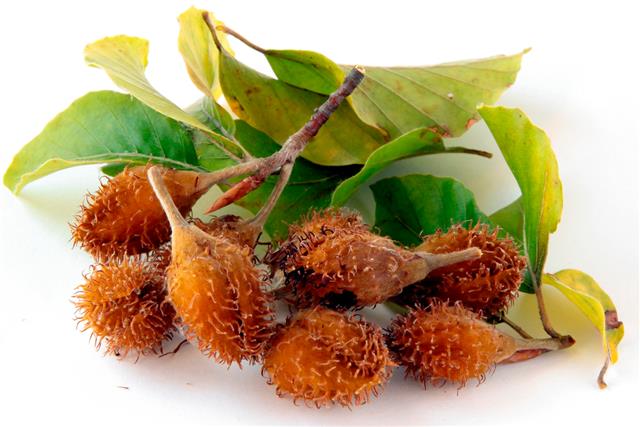
Beech Tree Identification Gardenerdy

Fagus Sylvatica European Beech Go Botany
European Beech Fagus Sylvatica

European Beech Fruits And Foliage Stock Image Image Of Beechnut Fresh 35645751
